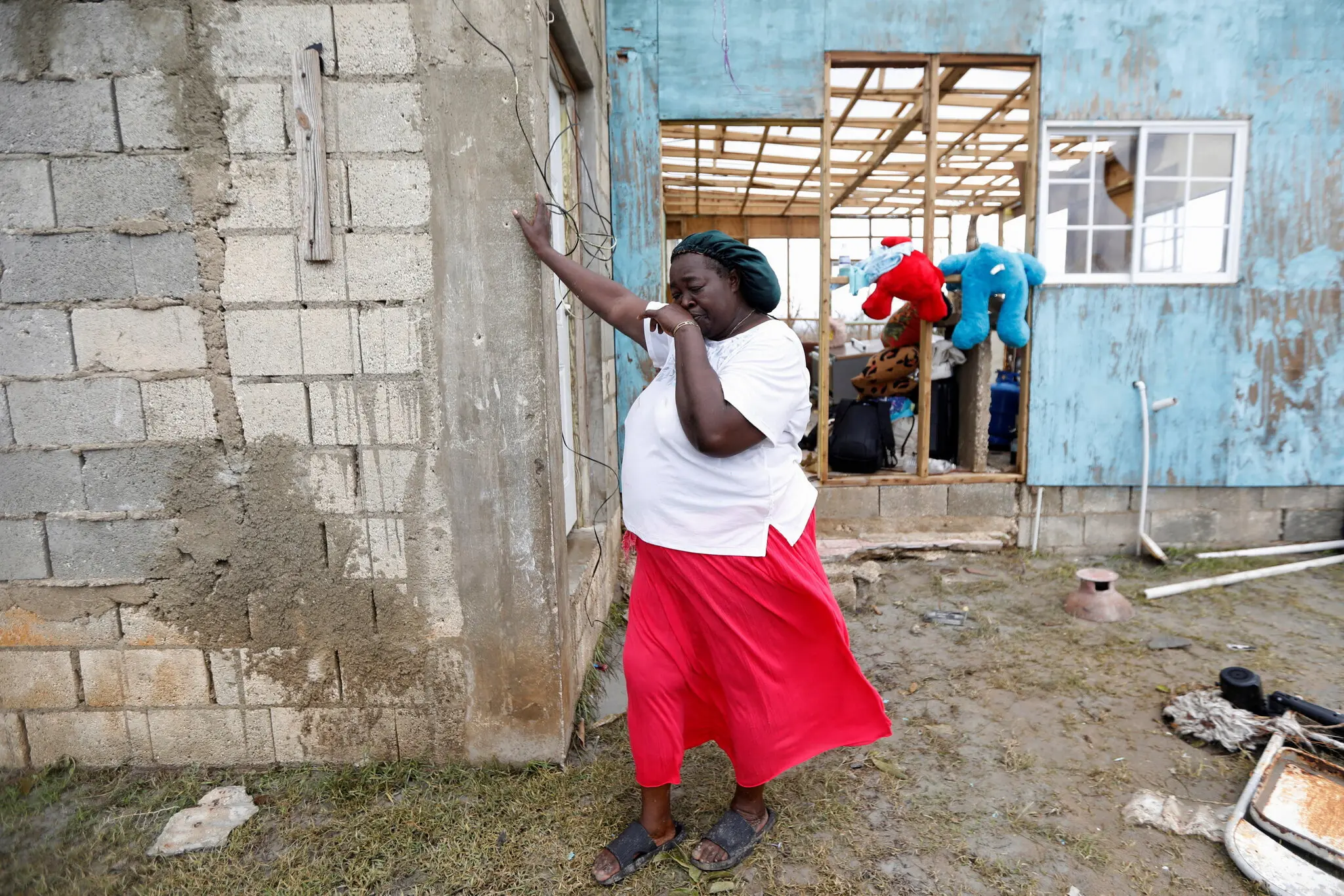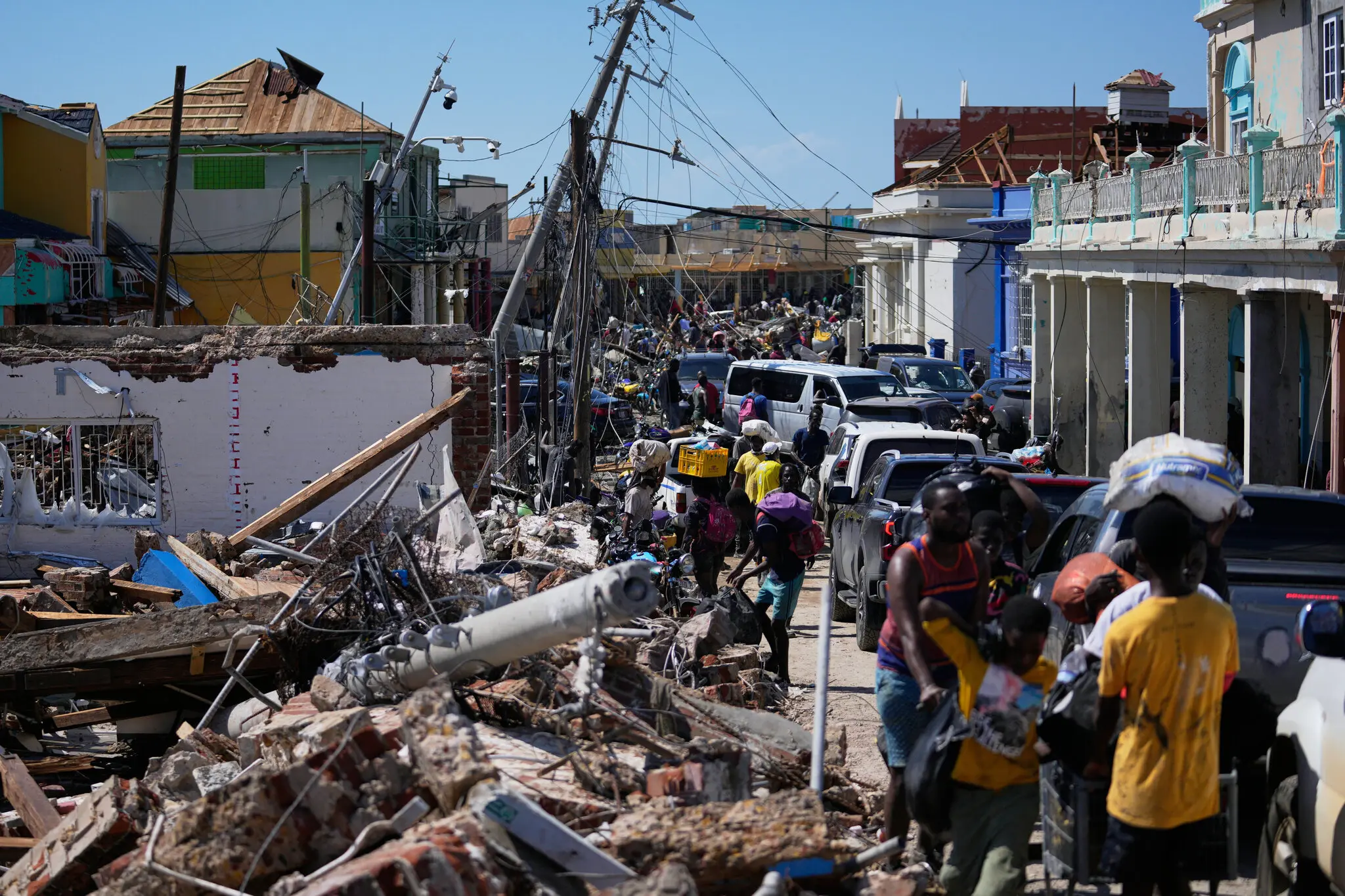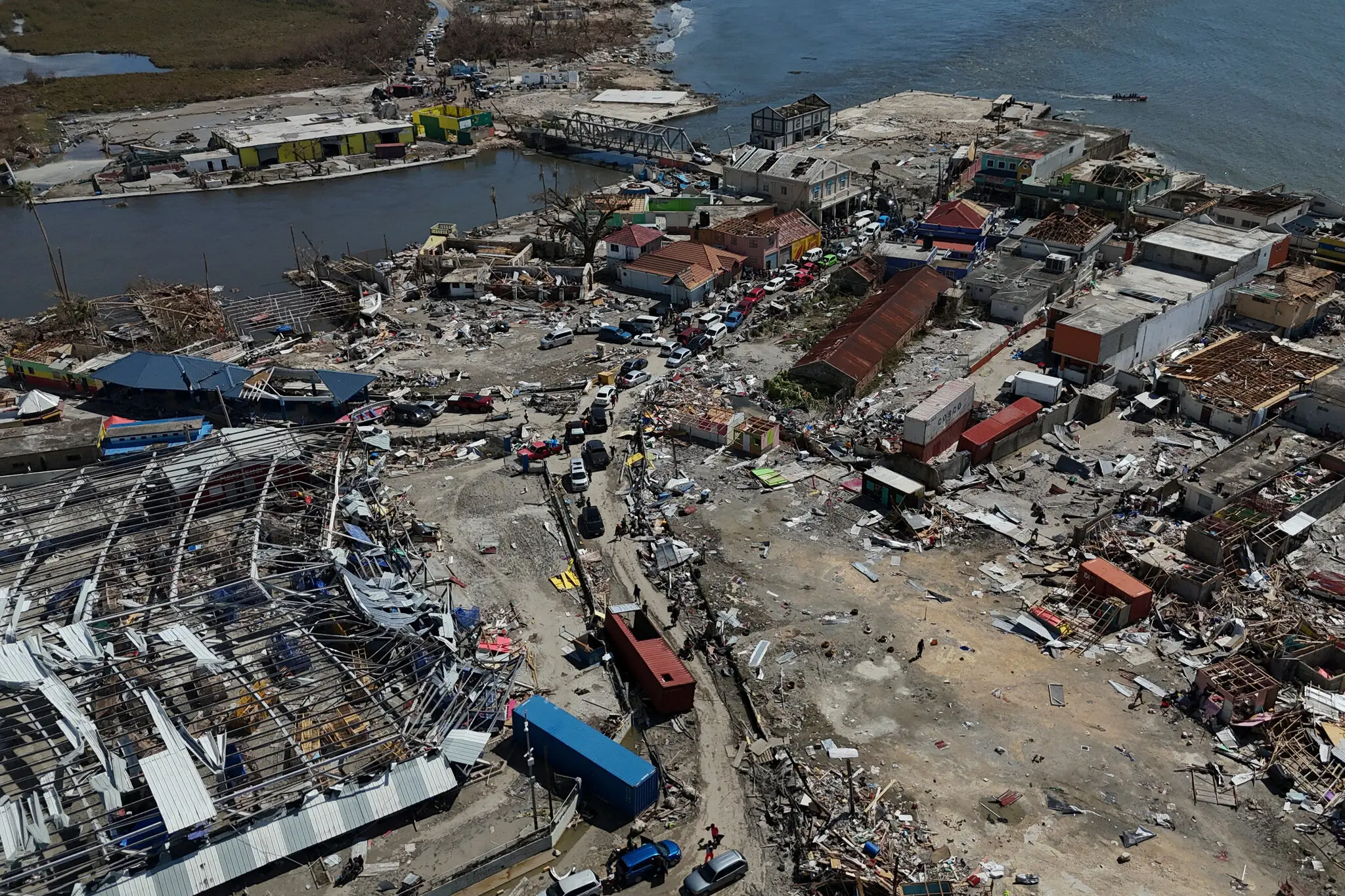Jamaica Reels From Hurricane Melissa: Recovery Begins Amid Widespread Destruction
31.10.2025
A Nation in Shock
Jamaica awoke to scenes of devastation after Hurricane Melissa, one of the most powerful Atlantic storms ever recorded, flattened seaside towns and ripped apart communities.
In the western parishes — particularly St. Elizabeth — entire neighborhoods were reduced to rubble as 185-mile-per-hour winds tore through homes, schools, and government buildings.
“We literally watched some buildings crumble in front of us,” said Coleridge Minto, police superintendent in Black River, where residents sheltered inside a police station as floodwaters rose.
Officials have so far confirmed at least 19 deaths in Jamaica, though authorities warn the toll is likely to climb as rescue operations continue.
In neighboring Haiti, at least 30 people — including children — were killed, with 20 missing and 20 injured, according to Emmanuel Pierre of Haiti’s Civil Protection Office.
Western Jamaica: Ground Zero of the Disaster
The parish of St. Elizabeth, where the hurricane made landfall on Tuesday, has been declared ground zero.
Historic landmarks such as the Black River Courthouse, library, and churches lie in ruins.
The iconic Waterloo Guest House — once the first private residence in Jamaica with electric light — is now “just a pile of wood,” said local resident Amiri Bradley.
“The area is totally flat,” Superintendent Minto said. “Eighty to ninety percent of all buildings were damaged or destroyed.”
Along the main street of Black River, supermarkets, furniture stores, and public offices were wiped out, while power outages and communication failures hindered rescue efforts.

Thousands Displaced, Power and Roads Severed
Jamaican officials report that over 170 communities have been “moderately or severely affected” by floods and landslides across Manchester, St. James, Trelawny, and Westmoreland.
More than 400,000 residents remain without electricity, and 13,000 people are in temporary shelters, though the true number may be higher due to damaged communication lines.
“The communication is very difficult,” said Desmond McKenzie, minister leading the emergency response. “But we are working to restore power and assess the full scope of damage.”
Haiti and Cuba Also Reeling
The storm didn’t stop at Jamaica’s shores. In Haiti, officials described washed-out villages and collapsing hospitals.
In Cuba, flooding destroyed homes and knocked out power for millions, said Francisco Pichón, the U.N. resident coordinator. About two million Cubans are now in need of shelter, food, and medical care.
“Everybody does what they can. We help each other,” said Diana Iglesias, a volunteer in Bayamo, Cuba, cooking for hundreds displaced by the storm.
Relief Efforts Underway
The Jamaican government has deployed the military and helicopters to recover victims and deliver aid to cut-off regions.
Minister Matthew Samuda announced that a “giant working group” would distribute more than 200,000 aid packages with food and medicine in coming weeks.
Britain, France, and several Caribbean nations have pledged assistance, while the United States offered to send direct humanitarian aid and support local partners.
“National security law allows exemptions for humanitarian goods and disaster response,” said U.S. Secretary of State Marco Rubio, referring to potential aid even for Cuba.
Cuba’s deputy foreign minister, Fernández de Cossio, confirmed contact with Washington:
“We are waiting for clarification on how and in what manner they are willing to help.”
A Long Road Ahead
Jamaica now faces the daunting challenge of rebuilding homes, hospitals, and schools across its western coastline.
With thousands displaced, damaged infrastructure, and food shortages looming, officials fear recovery could take years.
“This is the most severe damage I have ever seen,” Superintendent Minto said. “But Jamaicans are resilient. We will rebuild.”








Leave a Comments